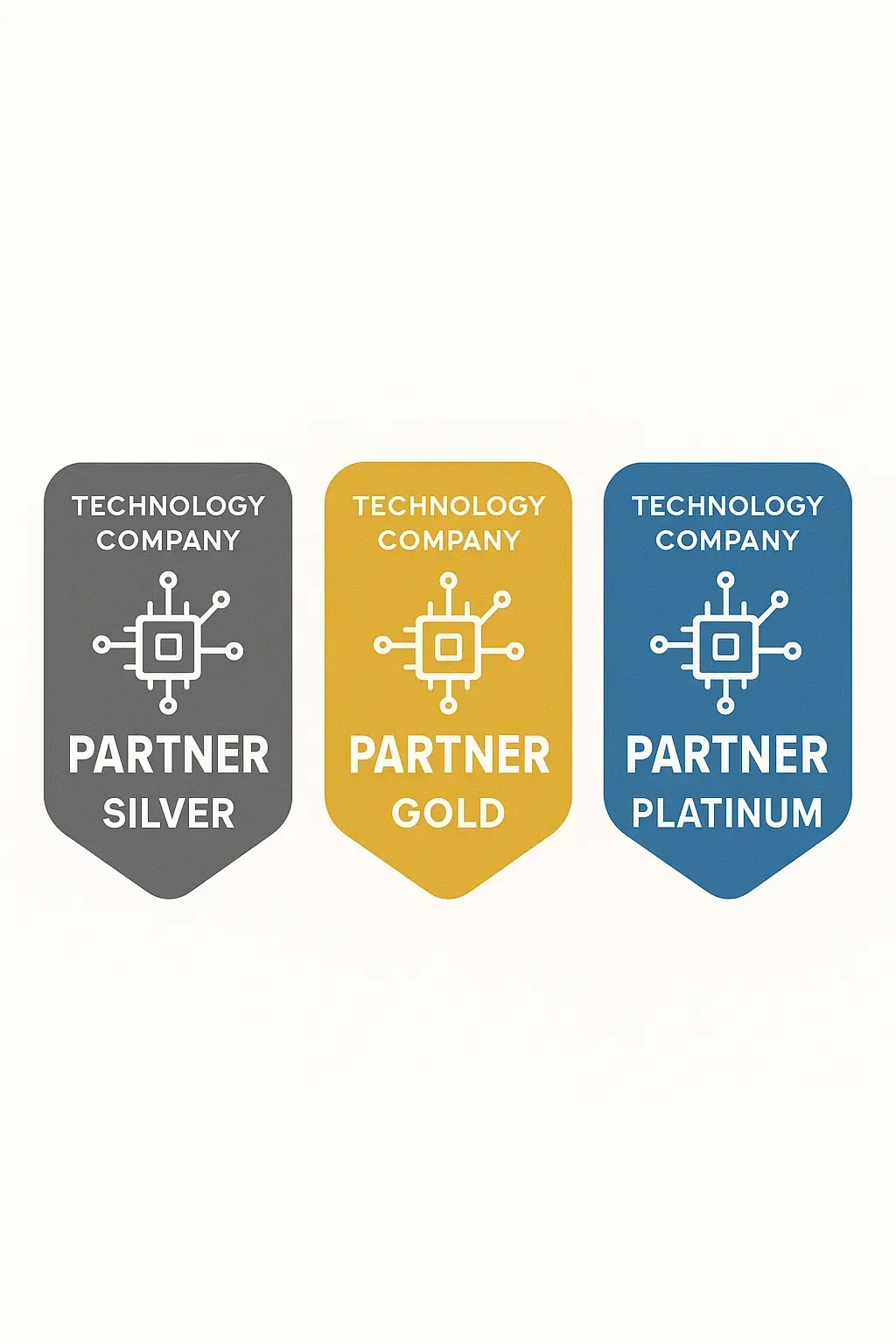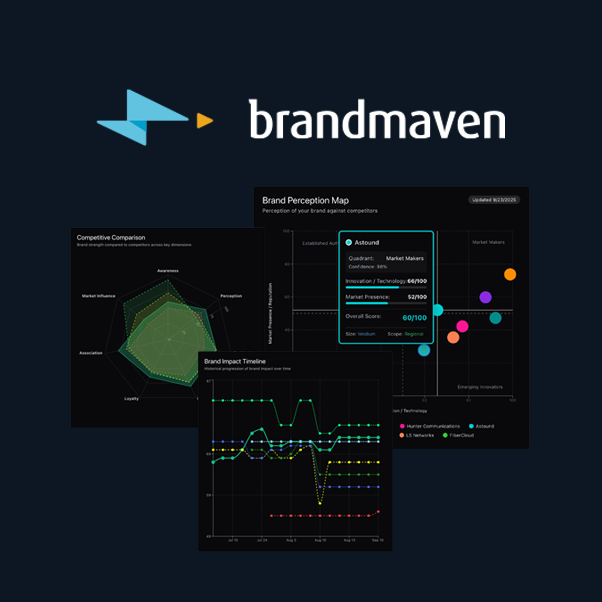How to Tell Your Brand’s Story
Tell your brand story, well.
We often work with clients who have wonderful and compelling businesses – from the work they produce to the diverse and talented people who make it all happen. They experience the ingredients of their brand every day, and to them it’s obvious what makes their business great. But there is one small problem; it’s not obvious to anyone outside of their organization.
What’s missing is a deliberate outward expression of the brand. While there are several genuine vehicles to express your brand, one particularly effective approach is through brand storytelling.
Brand storytelling isn’t just a fad – it’s essential for doing business today. When you can tell your brand’s story well, you instantly become more believable, more memorable and (fiscal cliffs and sequesters aside) more profitable.
A brand story is more than just your mission – it also includes your culture, your history, your attitude and the collective understanding of what makes you tick.
Start with Why.
If you don’t have a clear brand story, there’s no time like the present. Get started by finding out the “why” in your company. Why do you do what you do? What’s the purpose behind your business?
Answering “why” is about passion, not profits. If you’re not sure why your business exists, you need to do some research. Start with your team. Ask them why they work for your company, what keeps them around. You can do the same with your top customers. Get outside feedback on what makes you special.
The why is the base recipe for a great brand story, but there are other ingredients as well. Here’s a list of mix-in elements to consider:
- What motivated you to start the company?
- What is interesting about your founder?
- What problems are you trying to solve?
- How has your business evolved over time?
- What lessons have you learned as your business has grown?
- What parts of your business do you consider “normal” that other people would find extraordinary?
Take some time to gather intel and then think about your story. Did your business start as a sketch on the back of a bar napkin? Are you a build-it-as-we-fly-it start up, or a third generation local business that values family and personal connections above all?
There are so many unique aspects to your business, uncovering your why and evaluating how you do business will help you craft a great story.
Shout it out!
Once you’ve created the story, it’s time to get it out there! Don’t hide your brand’s story on an about page. Give it some attention on your website.
Here are a few storytelling tactics to try:
- Create a “why we do what we do” video to display on the homepage and post that same video to your YouTube account.
- Add a few inspirational quotes that function as your guiding principles.
- Use visual content – like a company Instagram account – to show off your personality.
Your story can help you brand make its mark. If you’re having trouble uncovering the unique and ownable aspects of your story, or you’re just too busy to get the story crafted and socialized, drop us a line. We’ll help you tell your brand story well.
-Jason




